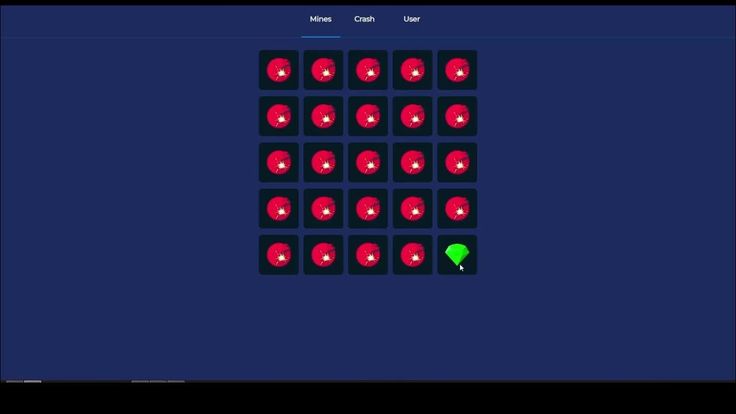
In the fast-growing world of online crypto casinos, Stake.com stands out as one of the most popular platforms. Among its many games, Stake Mines has gained a massive following for its simplicity and thrill. However, with popularity comes misinformation — and one of the most common topics circulating online is the concept of Stake Mines predictor tools. These so-called tools promise to help players win more often by predicting the location of mines, but behind these claims lies a darker truth. This article uncovers how these predictors work, why they’re fraudulent, and how players can protect themselves from becoming victims of scams.
A Stake Mines Predictor is advertised as software, a website, or an app that can supposedly forecast safe tiles in the Stake Mines game. The idea sounds tempting: by entering game data — such as the number of mines or the size of the grid — the predictor will “analyze patterns” and reveal where it’s safe to click. Some tools even claim to use advanced algorithms, artificial intelligence, or access to Stake’s servers to generate their predictions. stake mines predictor
These tools often appear convincing, with professional-looking websites, fake testimonials, and screenshots showing players “winning consistently.” But there’s a major problem — Stake Mines is designed to be a provably fair game, meaning that its results are completely random and verifiable by cryptographic algorithms. This makes prediction impossible, no matter how sophisticated a tool might claim to be.
Behind every fake predictor is a scammer who understands one simple fact: players want easy wins. These scammers prey on users’ curiosity and greed, offering a “shortcut” to success. The scam typically follows one of several patterns:
In each case, the victim loses time, money, or personal information — all because they trusted a tool that promised impossible results.
To understand why these predictors are fake, it helps to look at how Stake Mines actually works. The game operates using a server seed, a client seed, and a nonce (a number used once). Together, these generate a random result that determines where the mines are placed on the grid. This combination is encrypted into a cryptographic hash before the game starts, ensuring that the outcome cannot be changed or predicted.
After each round, players can verify the fairness of their results by checking the seed data. This transparency is what makes Stake’s system secure and unhackable. Therefore, no external program — whether labeled as a predictor or hack — can influence or foresee the position of the mines.
It’s easy to identify a fake Stake Mines predictor if you know what to look for. Here are the most common red flags:
By staying alert to these indicators, you can avoid falling victim to the growing number of fraudulent sites targeting Stake players.
Beyond financial loss, fake predictors pose serious cybersecurity threats. Downloading unknown software can infect your device with ransomware or spyware. Sharing your account details can lead to identity theft or unauthorized crypto withdrawals. In some cases, victims have reported losing not just their Stake accounts but also their entire digital wallets.
These scams also have emotional consequences — feelings of regret, stress, and embarrassment are common among those who fall for them. Recognizing that these scams exploit human psychology is the first step to preventing them. roobet hack
If you enjoy playing Stake Mines, remember that there’s no legitimate way to cheat the system. However, there are smart, safe strategies to improve your gameplay:
The internet is filled with deceptive Stake Mines predictor tools that promise more than they can deliver. These scams rely on players’ hopes of beating randomness, but in reality, they only lead to lost money, stolen data, and frustration. Stake’s provably fair system makes hacking or predicting outcomes impossible, and any claim to the contrary is pure fiction.
The truth is simple — there’s no shortcut to guaranteed wins. The best way to “win” at Stake Mines is to play responsibly, stay informed, and never trust tools that claim to defy chance.